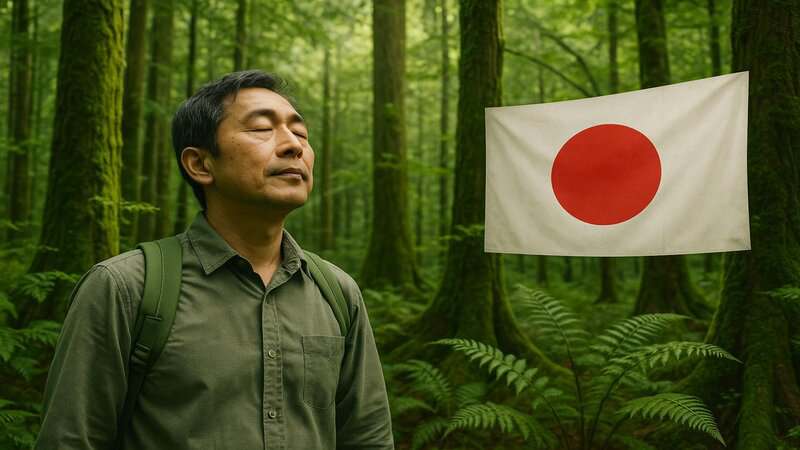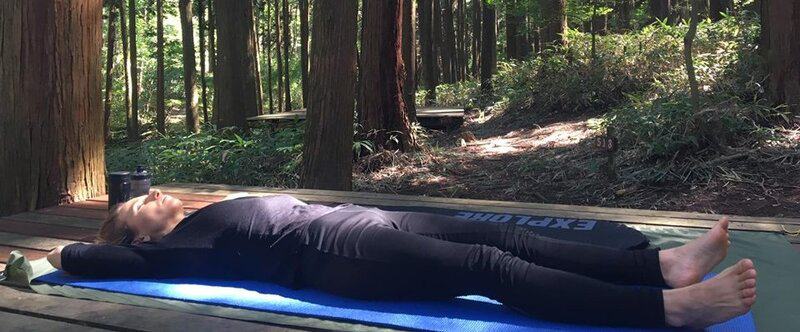In the quest for natural remedies to combat cardiovascular diseases, Japan’s practice of shinrin-yoku, or “forest bathing,” has emerged as a promising approach. This therapeutic technique involves immersing oneself in a forest environment to promote physical and mental well-being. Recent studies have demonstrated that engaging in shinrin-yoku can lead to a significant reduction in heart disease risk, with some research indicating a decrease of up to 45%. By exploring the principles of shinrin-yoku and its health benefits, we can uncover how this ancient practice offers a natural pathway to a healthier heart.





















